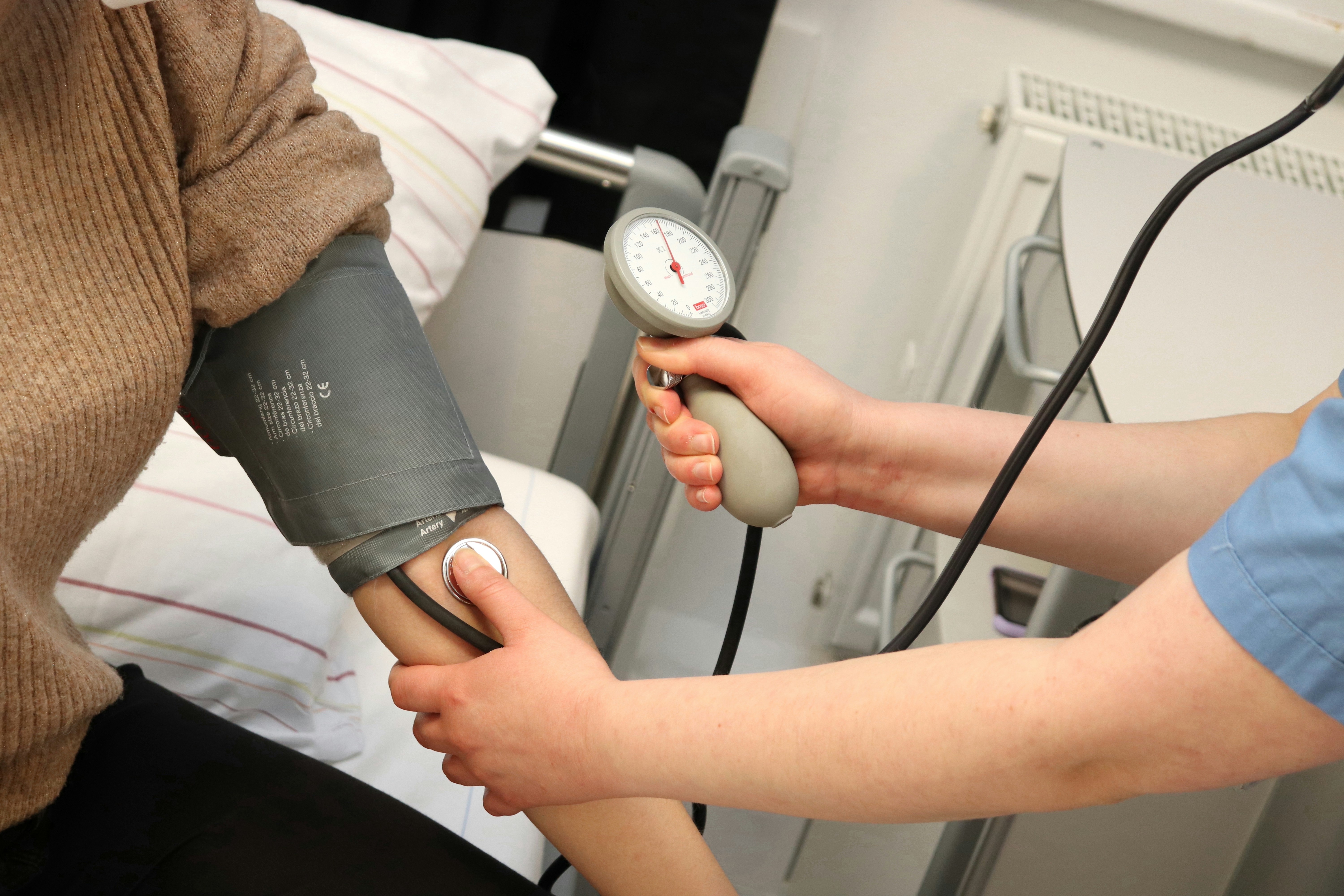Fatty Liver Treatment: Medical and Lifestyle Options
Nonalcoholic fatty liver disease (NAFLD) and other causes of fat buildup in the liver are increasingly common, affecting metabolic health and long-term wellbeing. Treatment focuses on reversing fat accumulation, preventing inflammation and fibrosis, and managing related conditions like diabetes or high cholesterol. A combination of medical evaluation, lifestyle adjustments, and targeted therapies can significantly improve liver function and overall body health over time.

This article is for informational purposes only and should not be considered medical advice. Please consult a qualified healthcare professional for personalized guidance and treatment.
What is fatty liver disease?
Fatty liver disease occurs when excess fat accumulates in liver cells. The two main types are alcoholic fatty liver disease and nonalcoholic fatty liver disease (NAFLD); NAFLD is linked to obesity, insulin resistance, and metabolic syndrome. Early stages may be reversible with interventions, while later stages can progress to nonalcoholic steatohepatitis (NASH), fibrosis, or cirrhosis if untreated. Diagnosis typically involves blood tests, imaging such as ultrasound, and sometimes a liver biopsy to assess severity.
Many people with fatty liver have few or no symptoms initially, which is why routine screening for at-risk individuals—those with obesity, type 2 diabetes, or high blood lipids—is important. Healthcare providers evaluate liver enzymes (ALT, AST), metabolic markers, and may use noninvasive fibrosis scores to guide management and monitor progress over time.
How does fatty liver affect the body?
Fat accumulation in the liver can interfere with metabolic processes and increase inflammation. As fat-laden liver cells become stressed, they may release inflammatory signals that affect the whole body, increasing risks for cardiovascular disease and worsening insulin resistance. Advanced liver disease can impair the liver’s detoxification, protein synthesis, and bile production functions, with systemic consequences like malnutrition or increased bleeding risk.
Beyond liver-specific problems, fatty liver is often a marker of broader metabolic disease. Addressing liver fat therefore supports overall health: improving energy metabolism, reducing cardiovascular risk, and helping maintain a healthier weight and body composition. Early intervention tends to yield the best outcomes.
Which medical treatments are available?
There is no single pill that universally cures fatty liver, but several medical strategies support treatment. Managing underlying conditions—optimizing blood glucose control, treating high cholesterol and hypertension, and reviewing medications that may impact the liver—are central medical tasks. For select patients with NASH and significant fibrosis, hepatology specialists may consider enrollment in clinical trials or use medications approved for related conditions, guided by current evidence and guidelines.
Regular monitoring with blood tests and imaging helps clinicians tailor care. In some cases, referral to a hepatologist, endocrinologist, or dietitian is appropriate. Weight-management programs and, when indicated, bariatric surgery can provide significant liver benefits for patients with severe obesity and related comorbidities.
How do lifestyle changes improve liver health?
Lifestyle changes are foundational for reducing liver fat and improving liver health. Key measures include gradual weight loss (typically 5–10% of body weight can reduce liver fat), a balanced diet lower in refined sugars and saturated fats, regular physical activity, and avoidance of excessive alcohol. A Mediterranean-style diet—rich in vegetables, whole grains, lean protein, and healthy fats—has evidence supporting liver and cardiovascular benefits.
Behavioral strategies such as working with a dietitian, using structured exercise plans, and tracking progress make lasting changes more achievable. Sleep quality and stress management also affect metabolic health and can indirectly support liver recovery. Even modest, sustained changes often show measurable improvement in liver enzymes and imaging studies within months.
When is medical intervention necessary for liver?
Medical intervention becomes important when tests show liver inflammation, fibrosis, or when patients have risk factors like diabetes, obesity, or abnormal liver enzymes. Persistent elevation of liver enzymes, imaging suggesting significant fat or fibrosis, or clinical signs of liver dysfunction warrant specialist assessment. Timely intervention can slow or reverse progression and address complications early.
Decisions about prescription medications, invasive diagnostics, or surgery are individualized. Specialists balance potential benefits against risks, considering the patient’s overall medical profile. Coordination between primary care providers and liver specialists helps ensure comprehensive care for the liver and related metabolic disease.
Conclusion
Treating a fatty liver is a multifaceted process combining medical assessment, lifestyle modifications, and targeted therapies where appropriate. Early detection and sustained changes in diet, activity, and metabolic control offer the best chance to reduce liver fat and protect long-term health. Regular follow-up with healthcare professionals ensures treatment remains safe and effective as the body responds.






